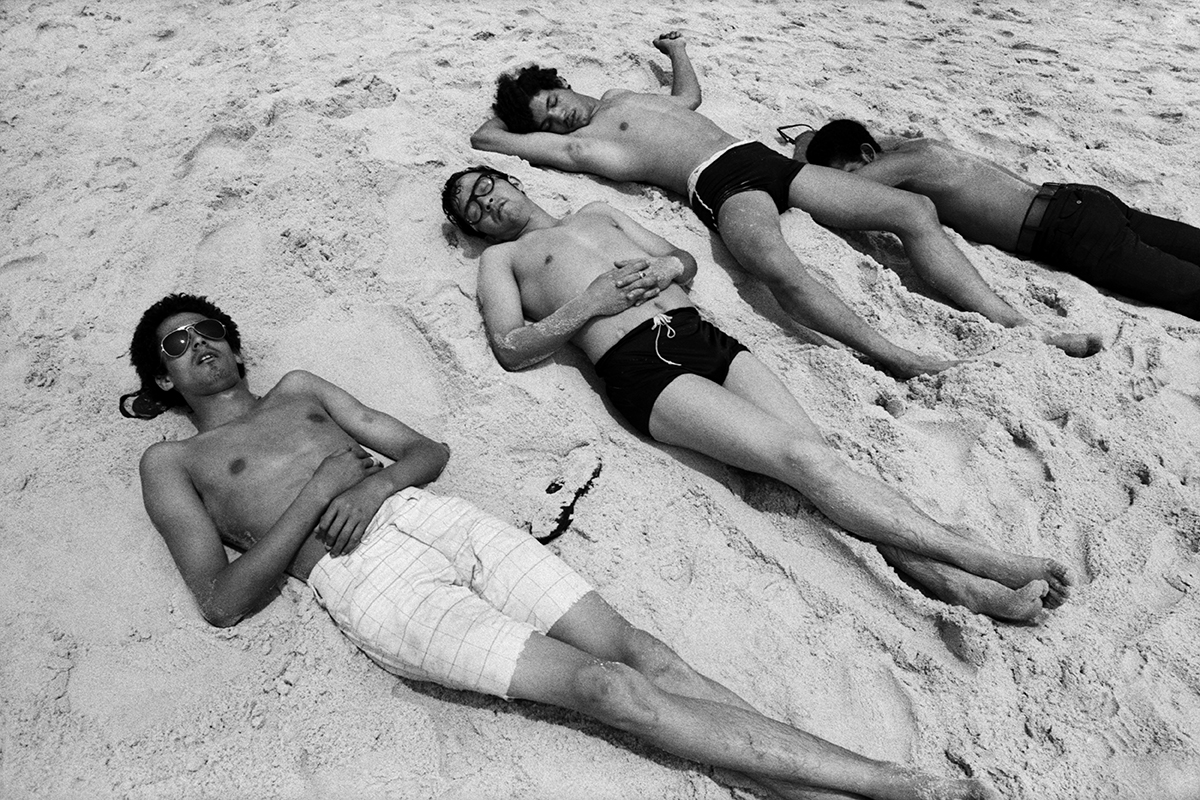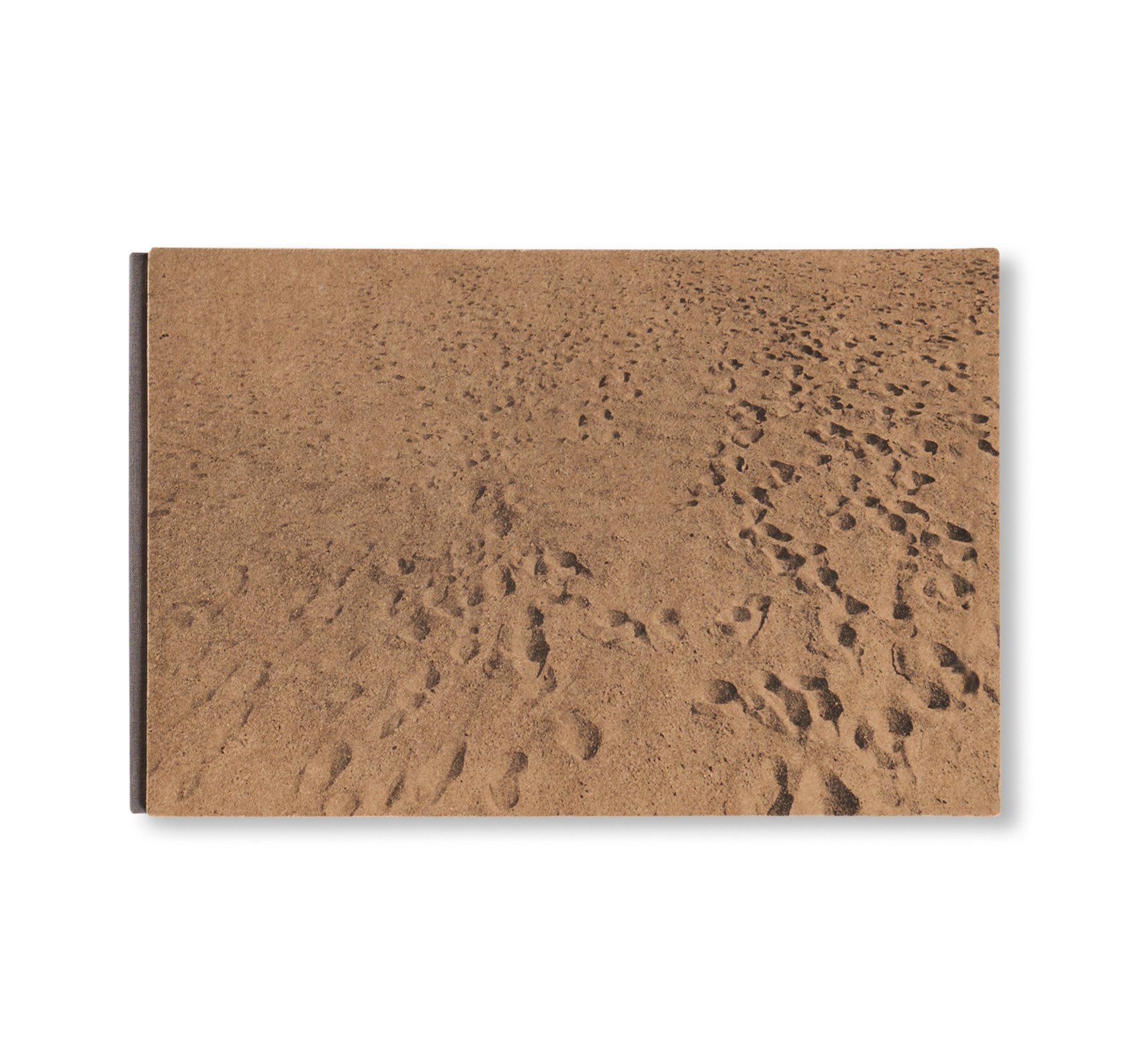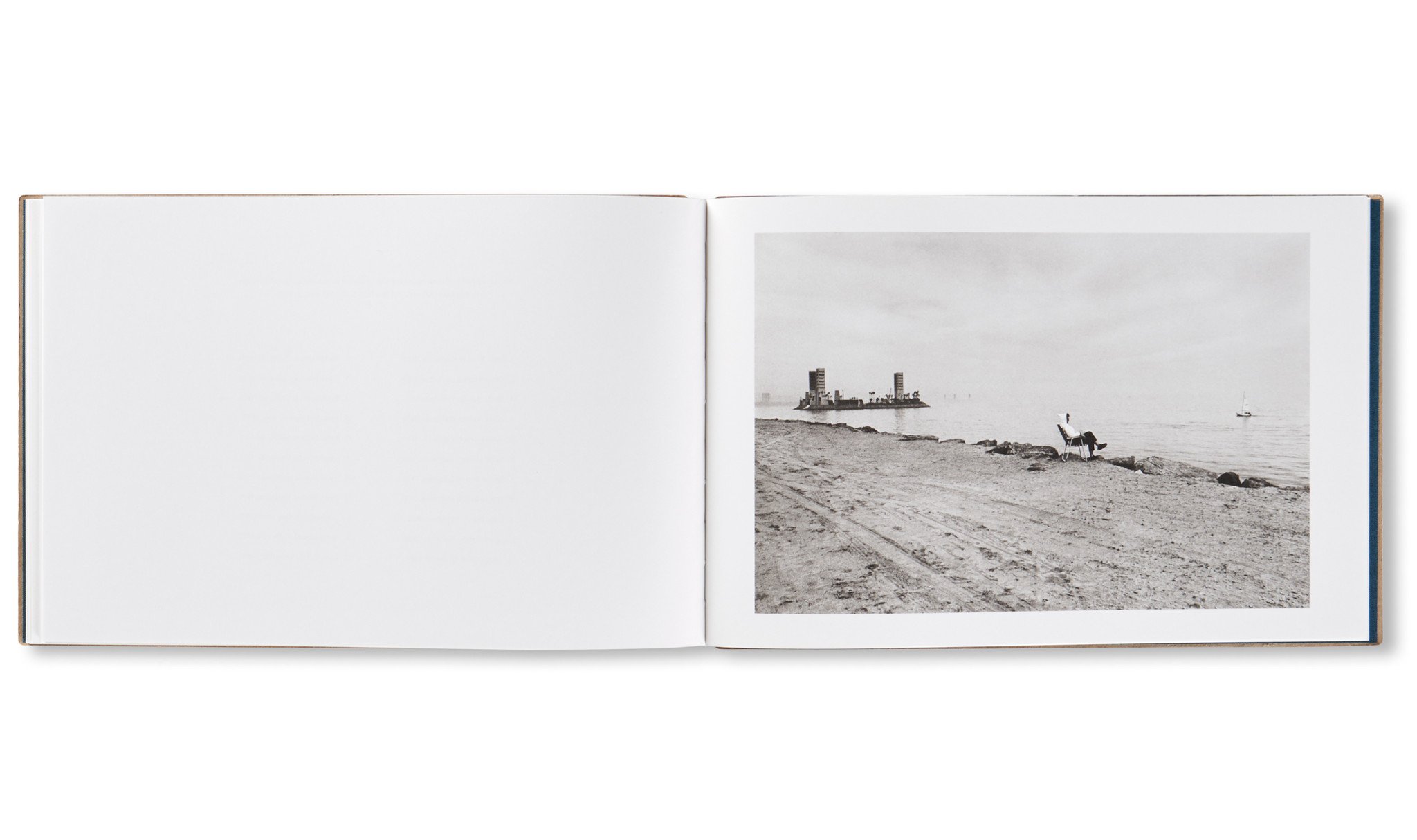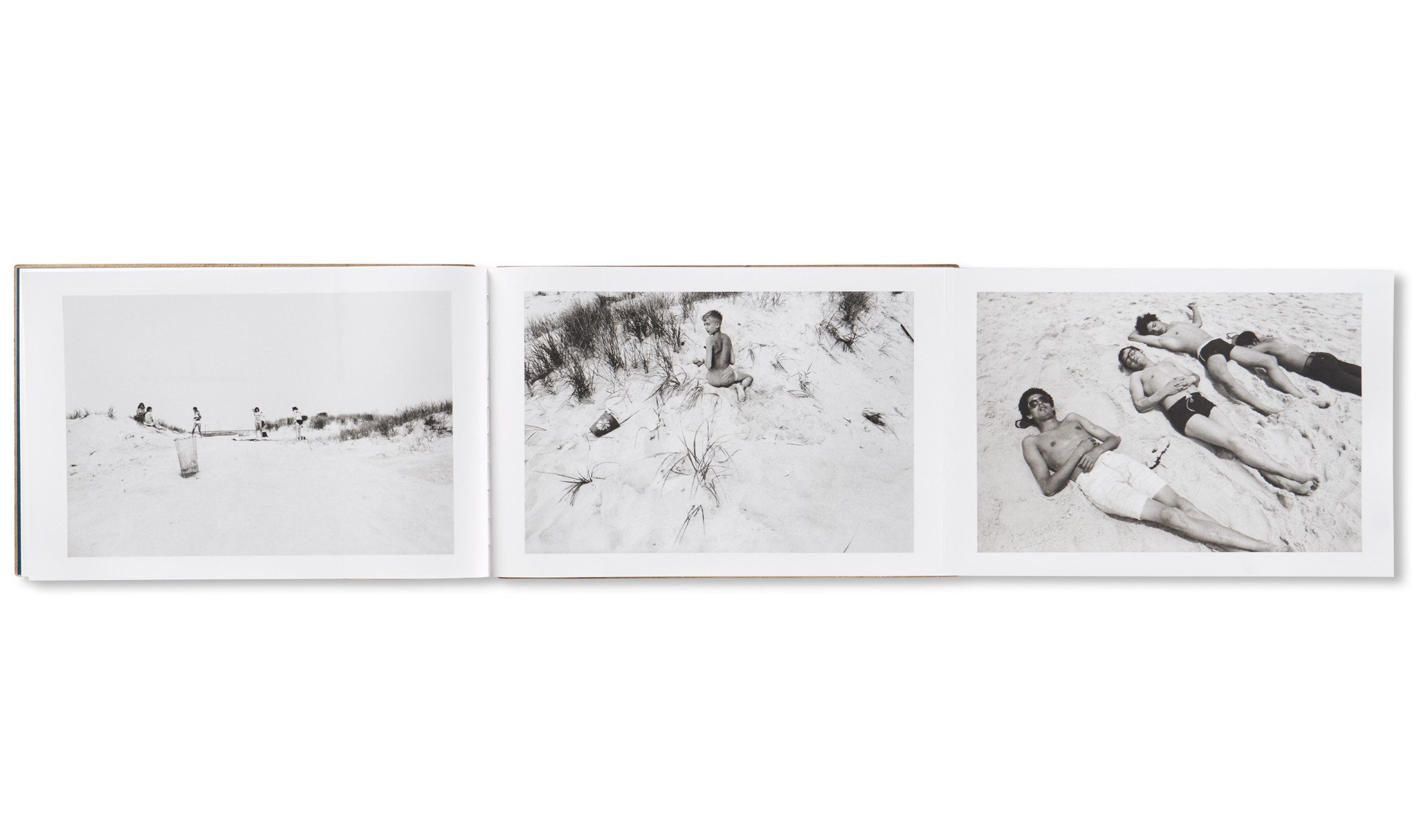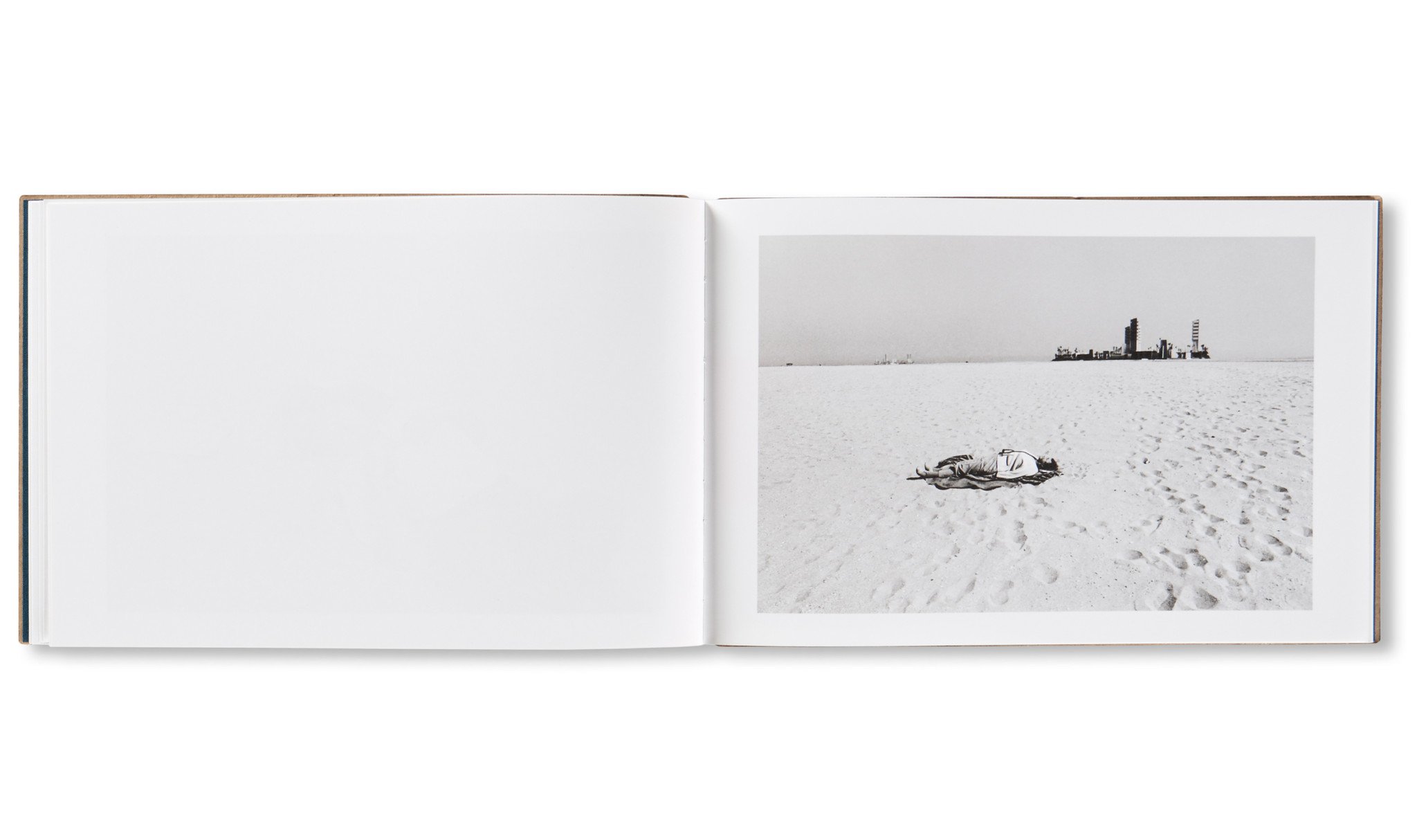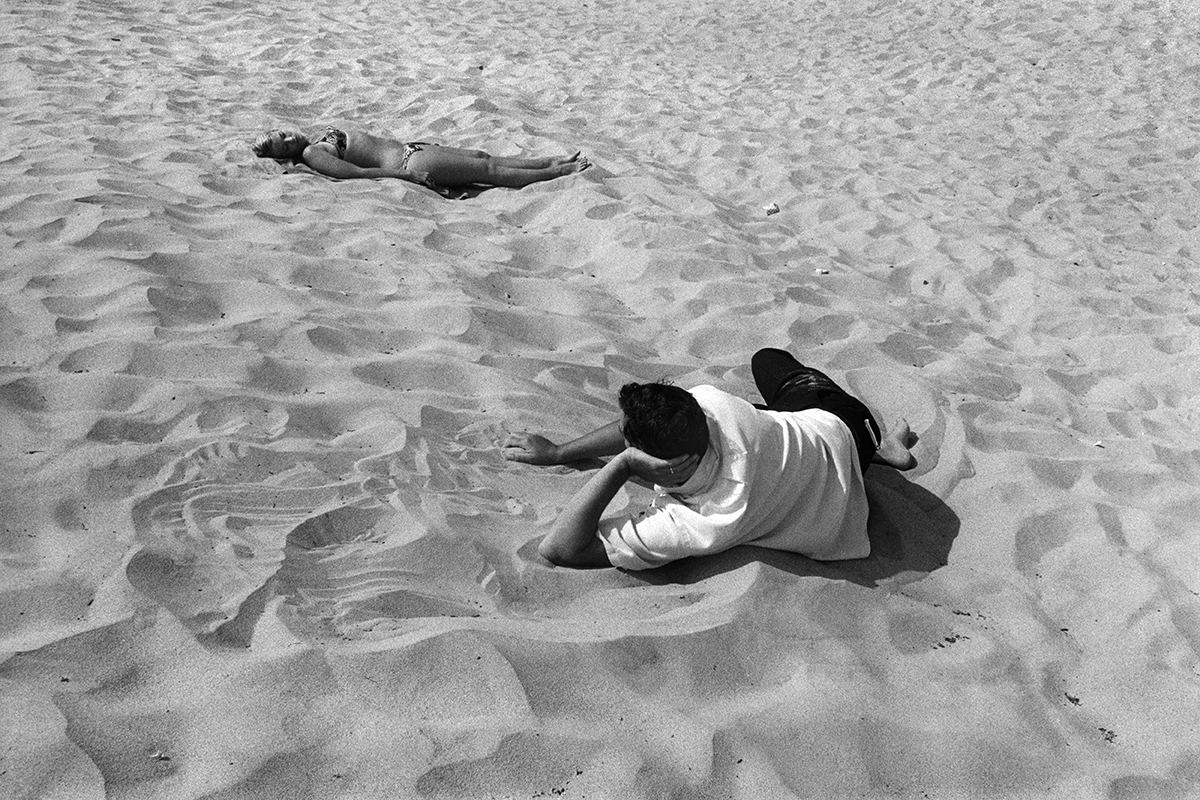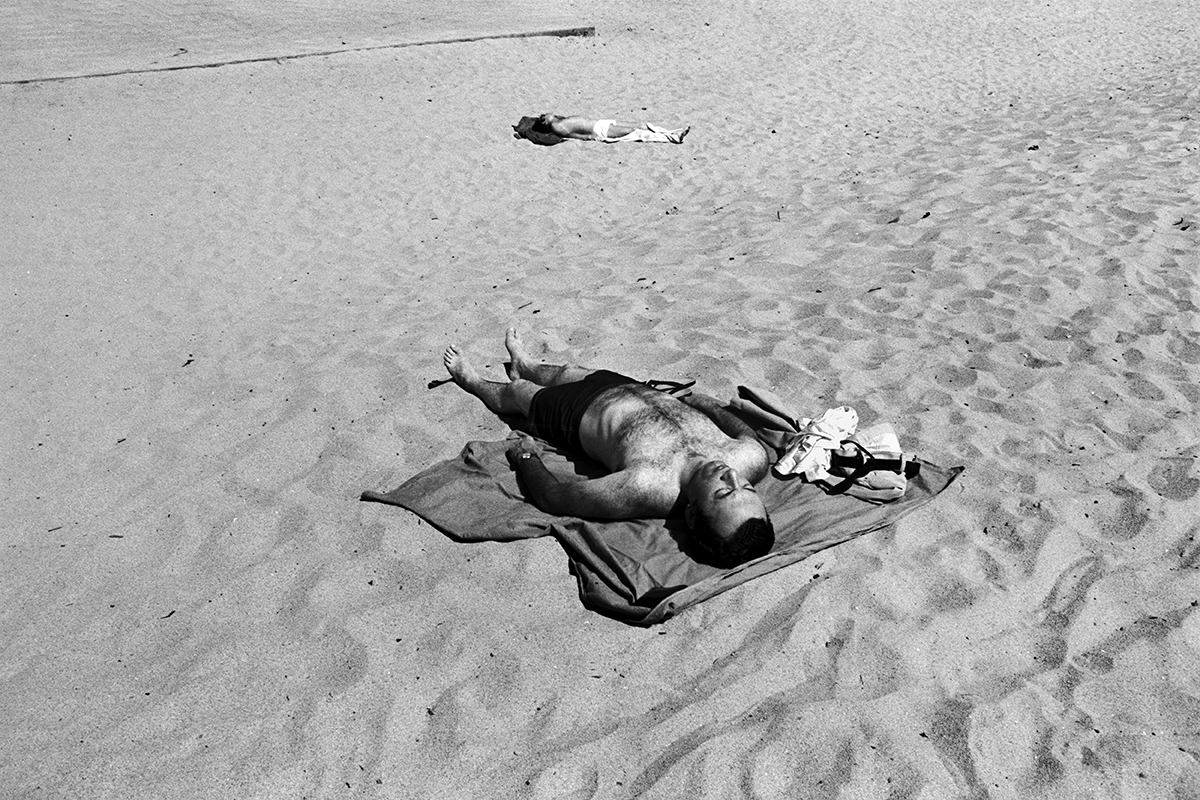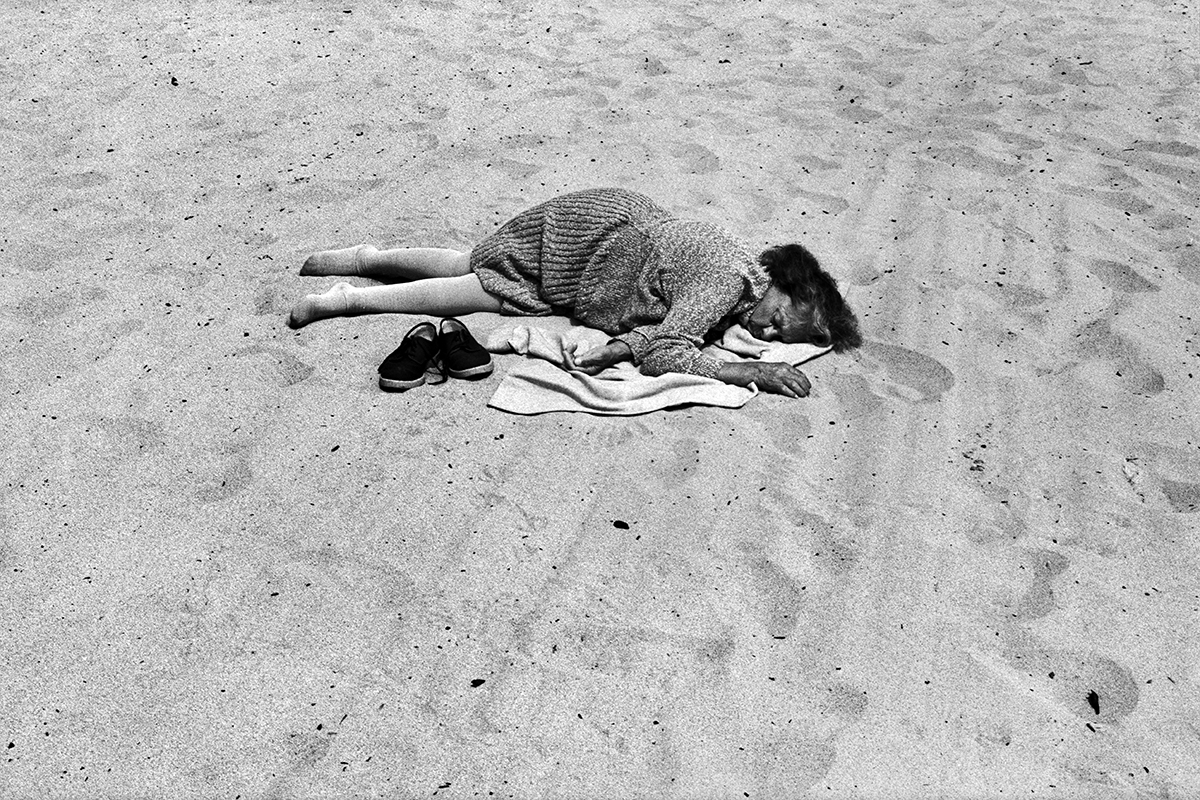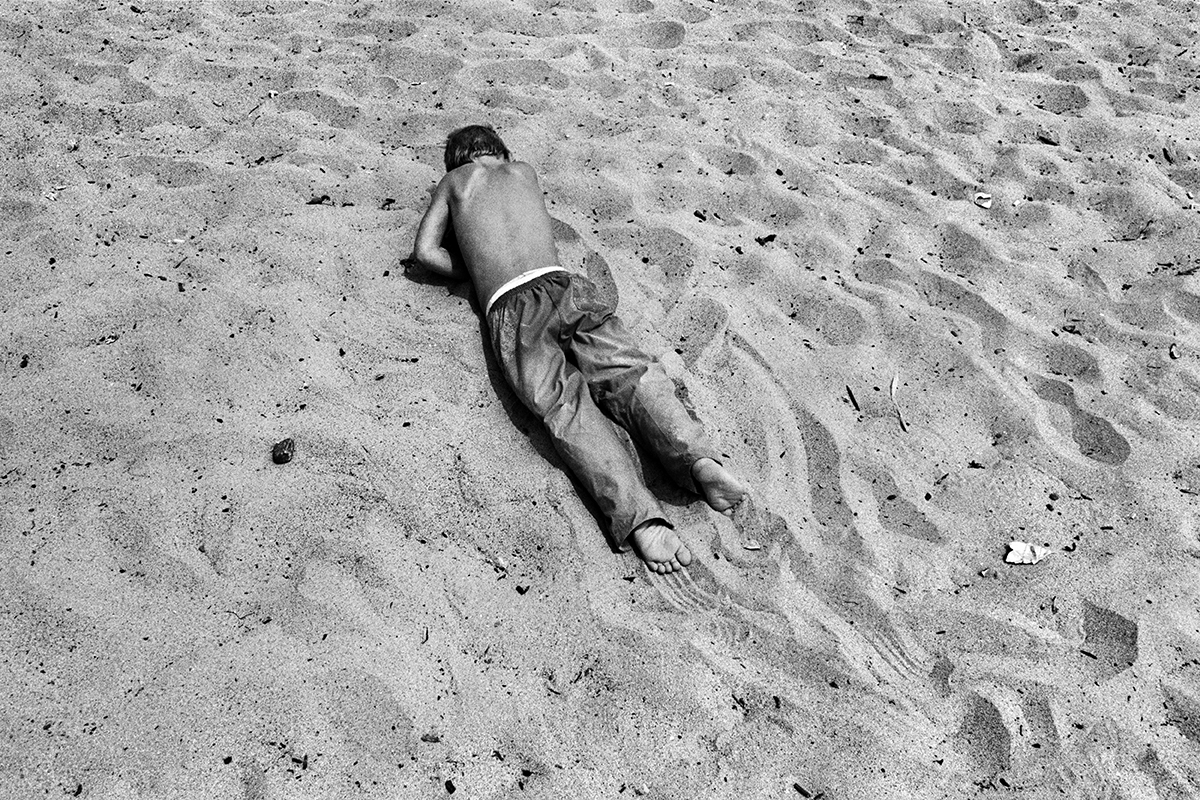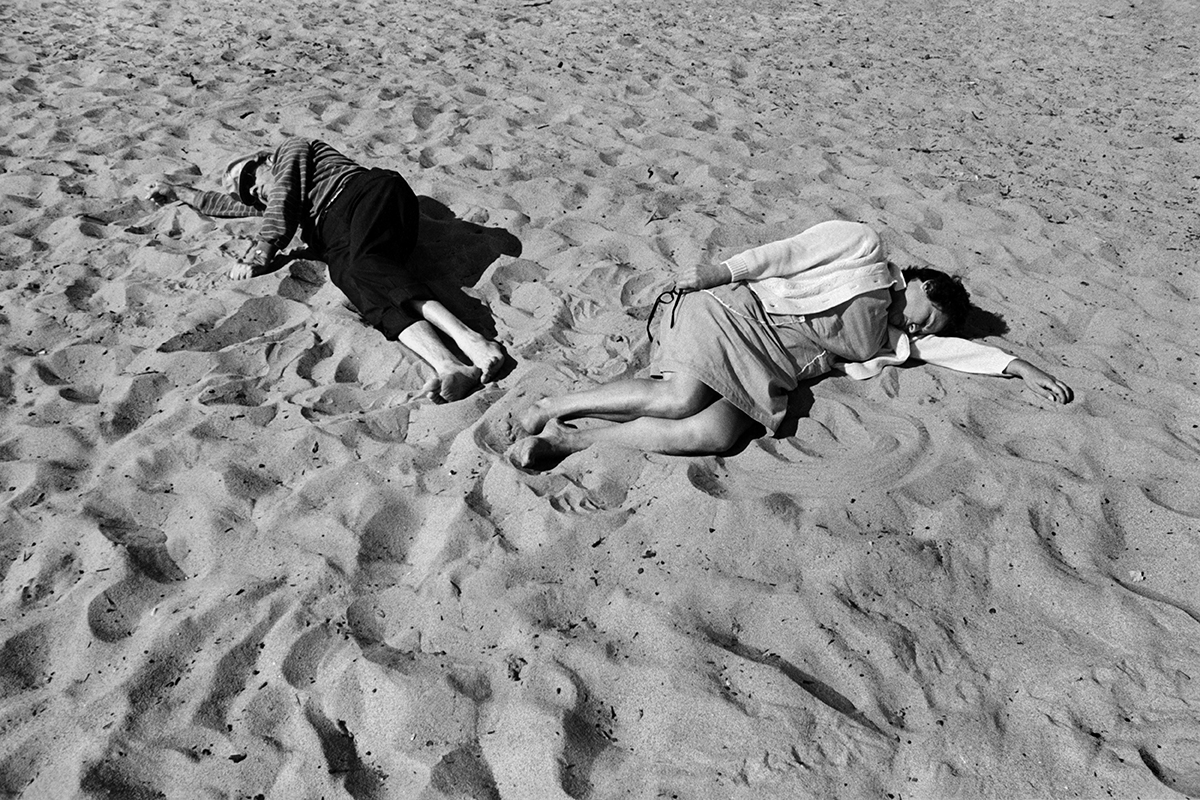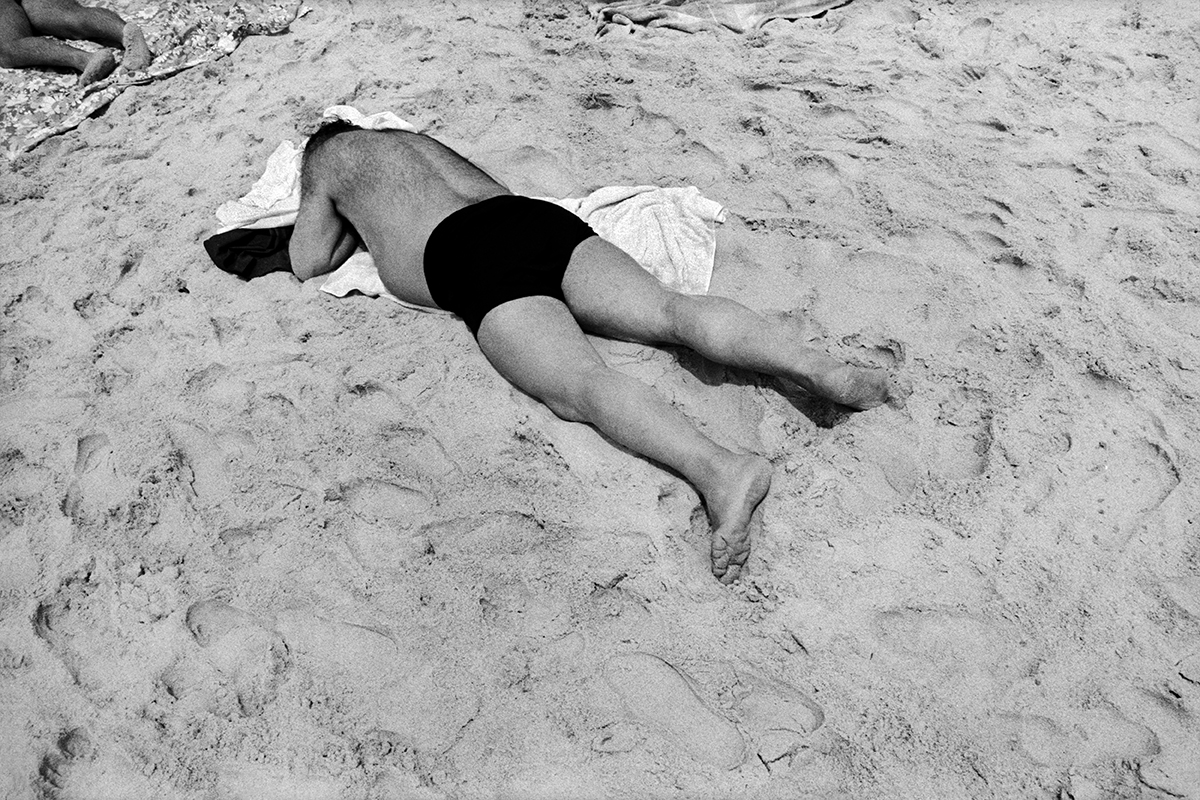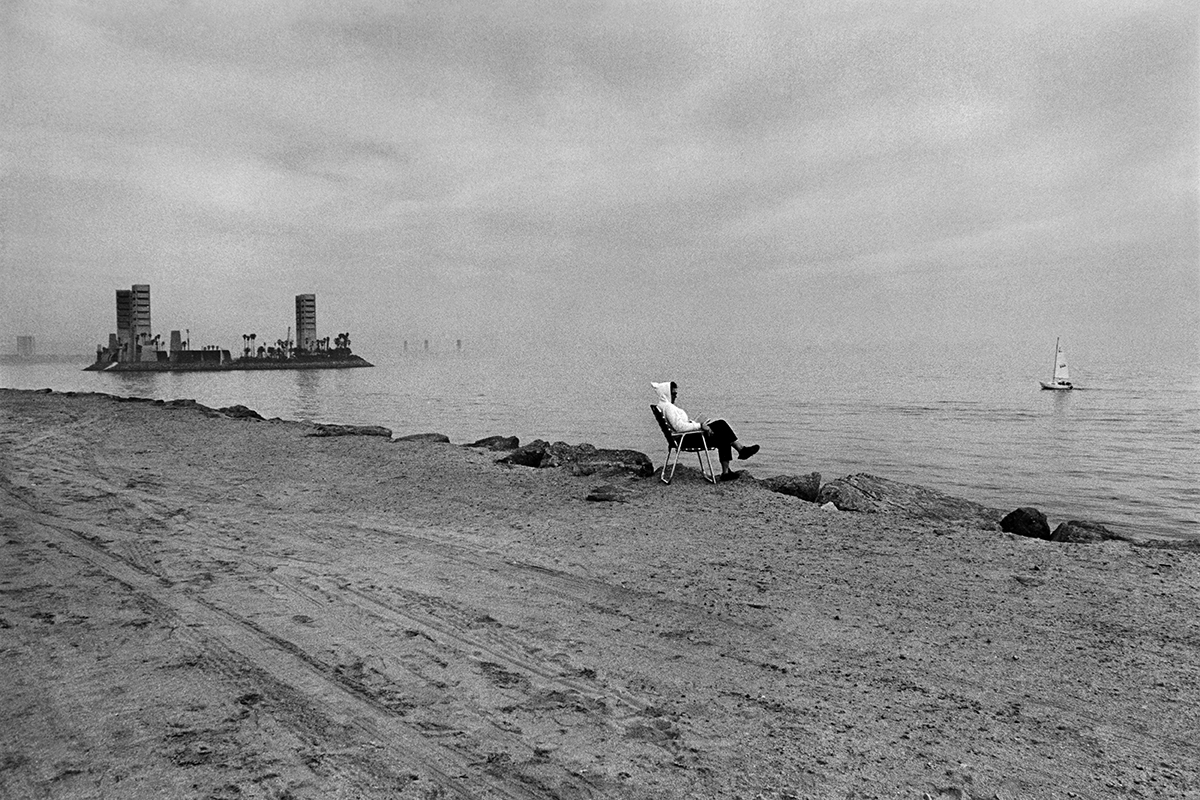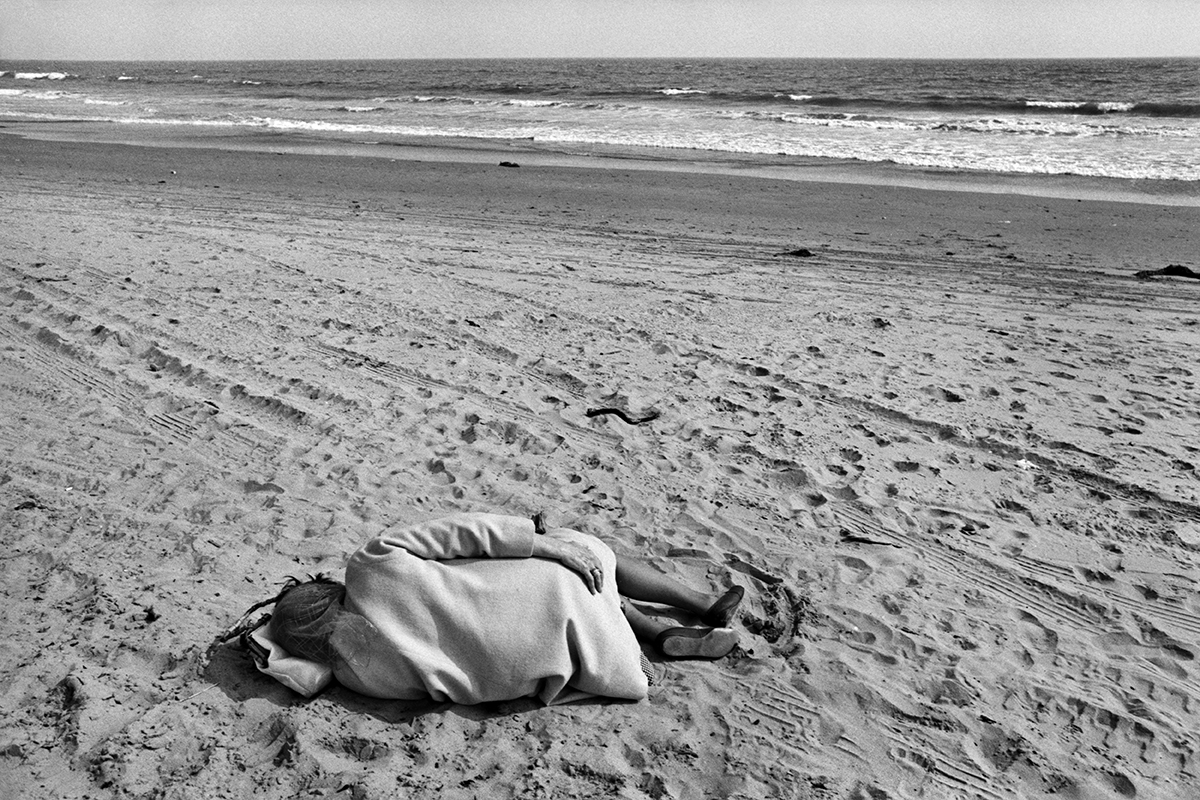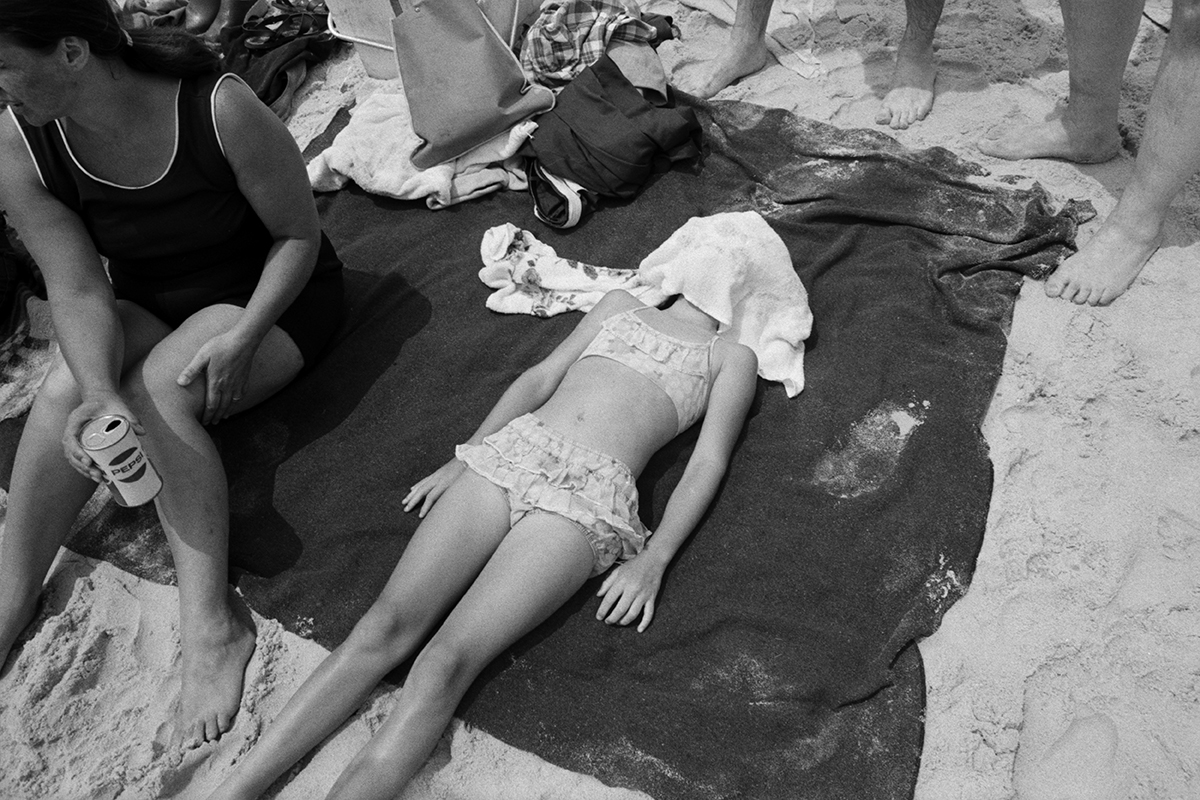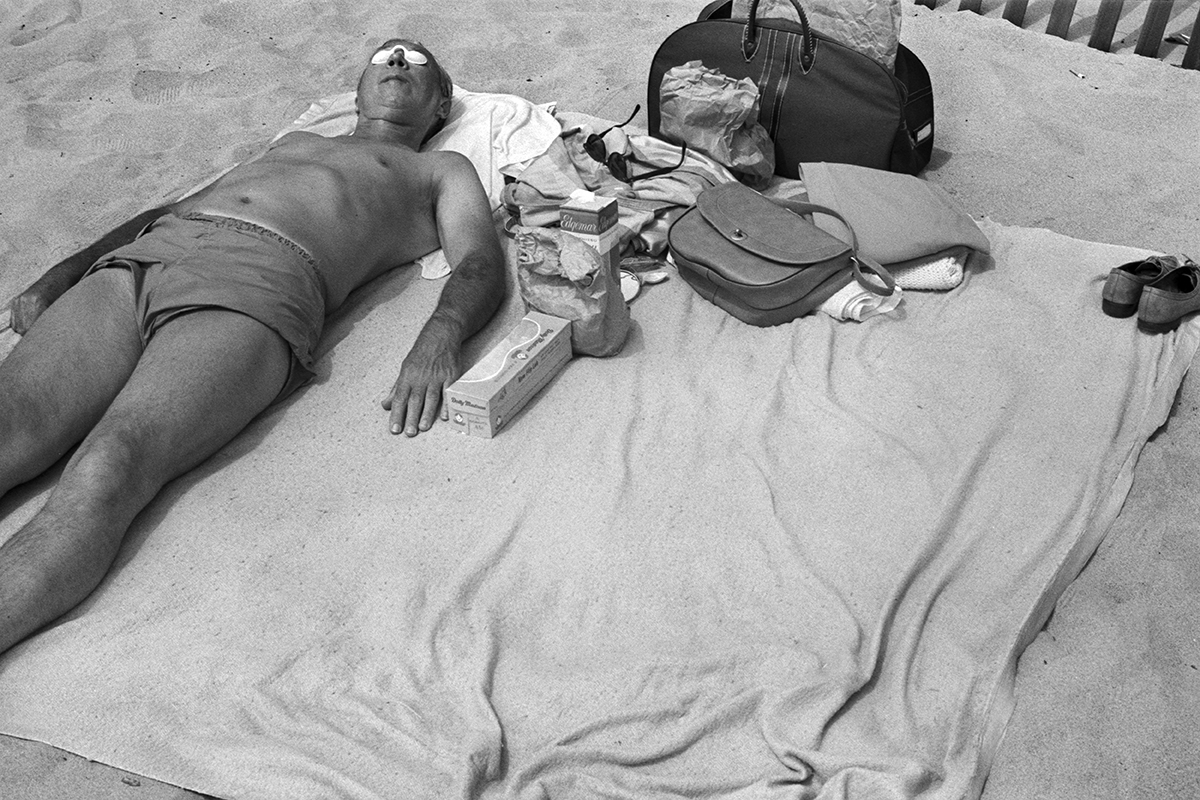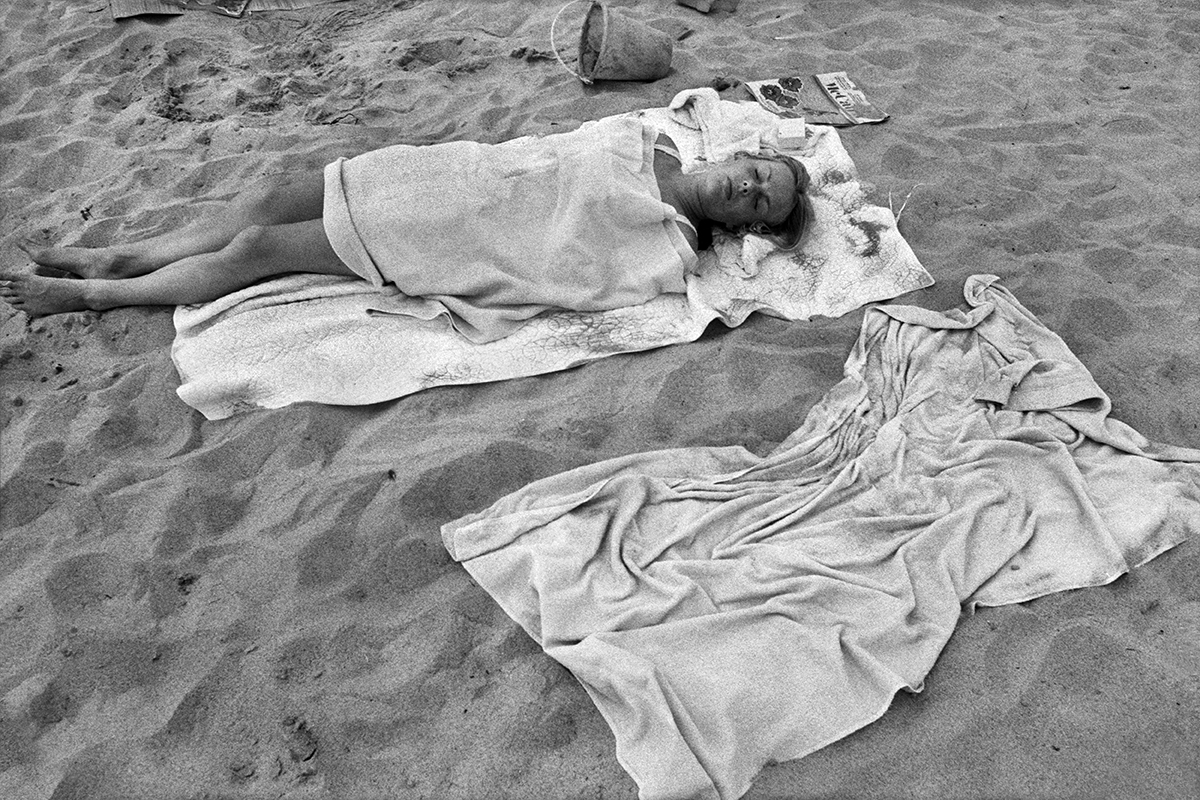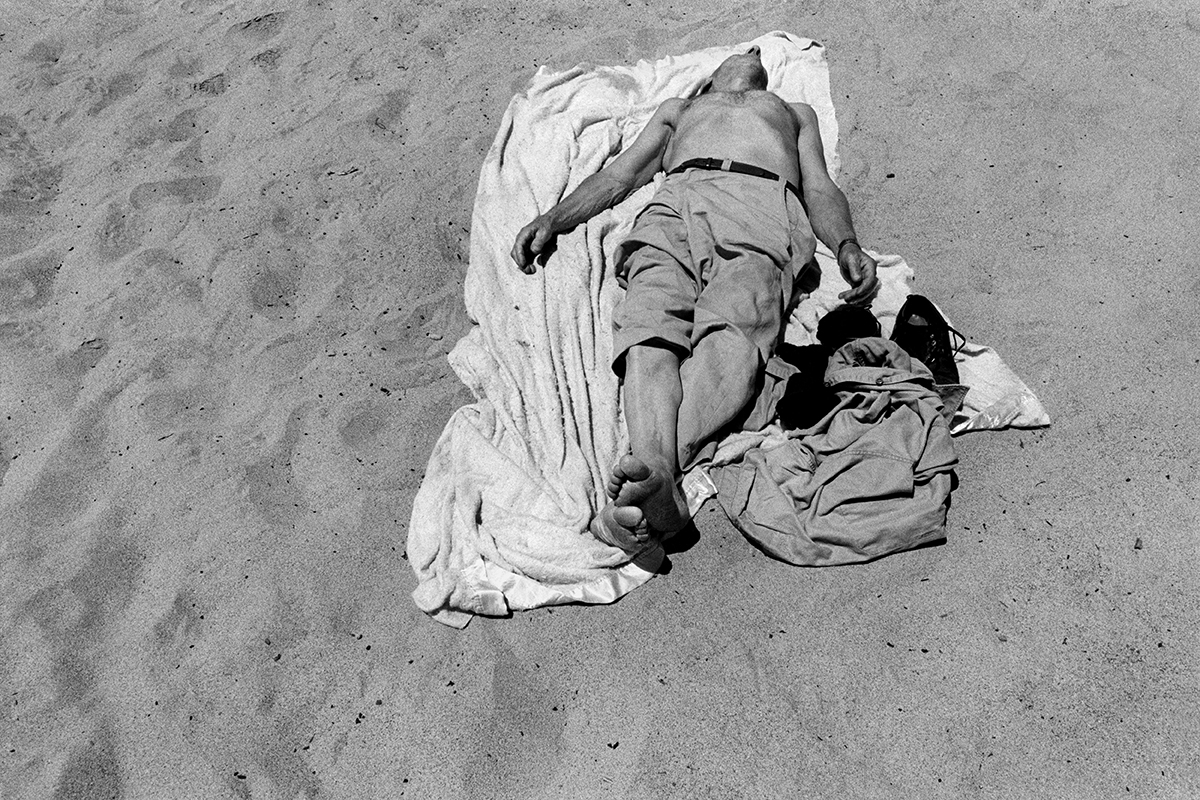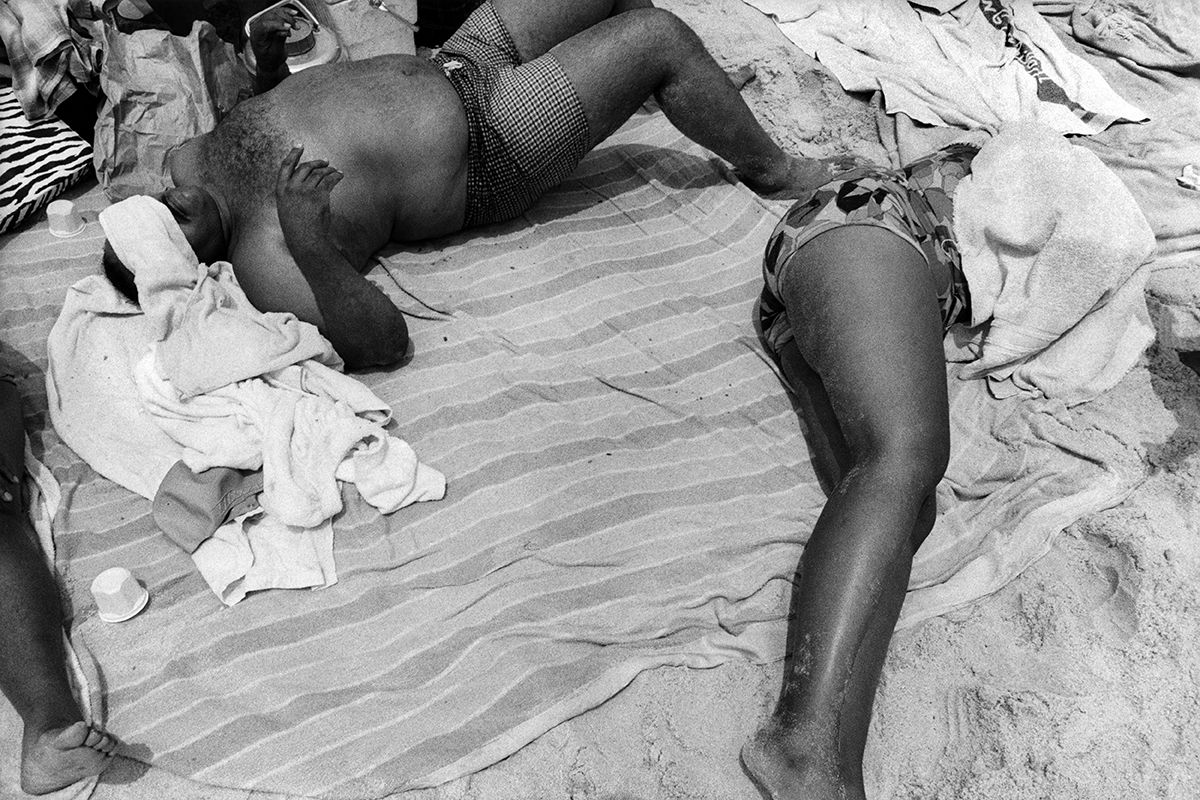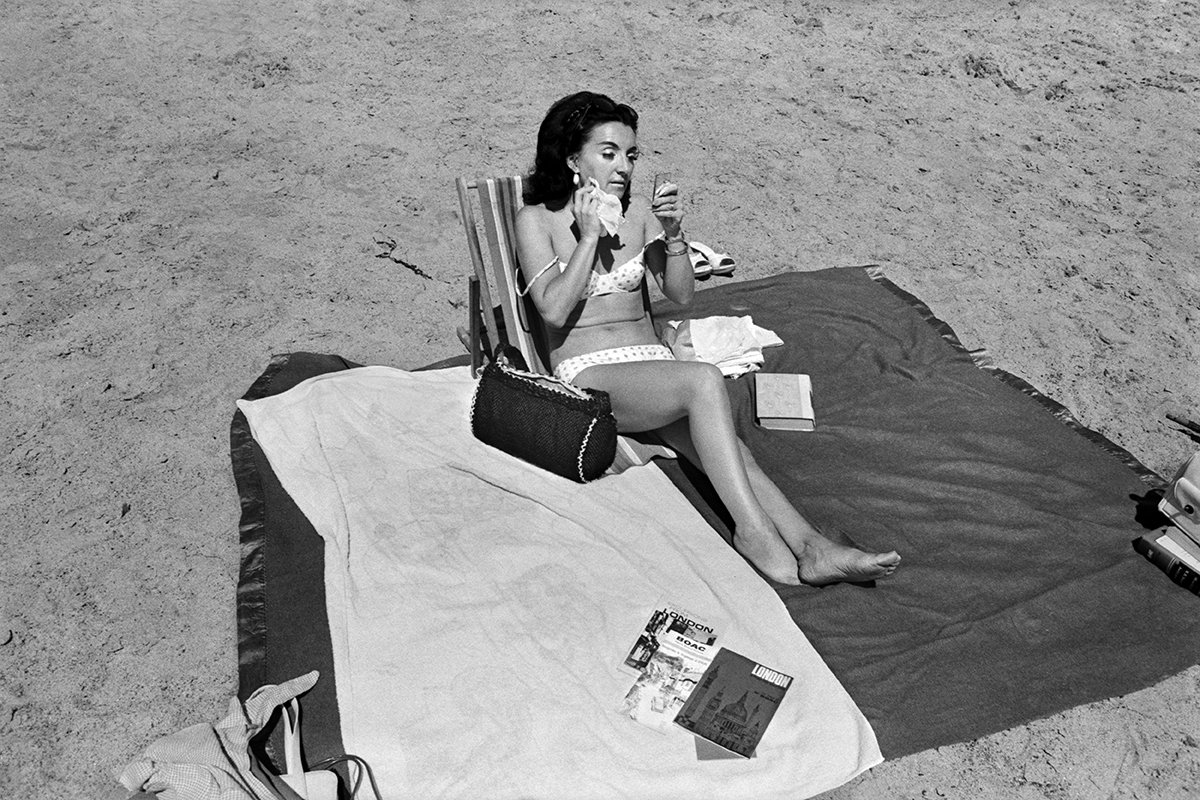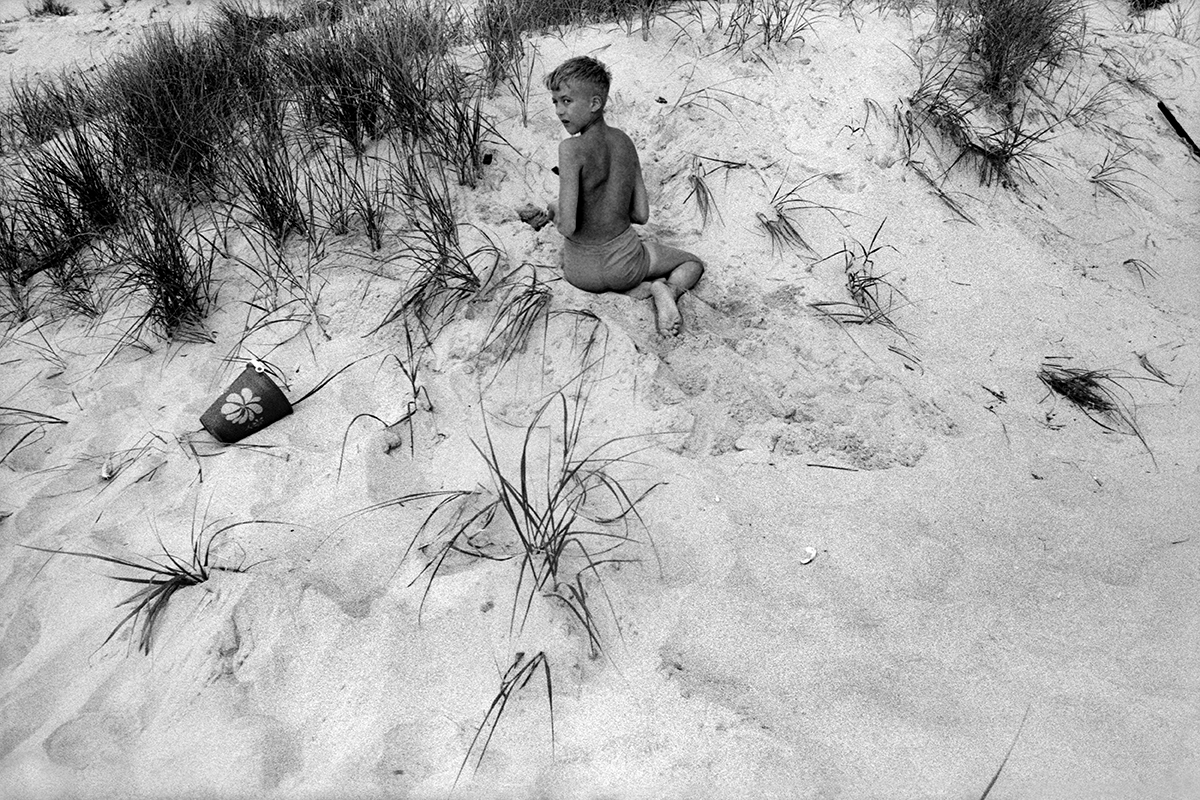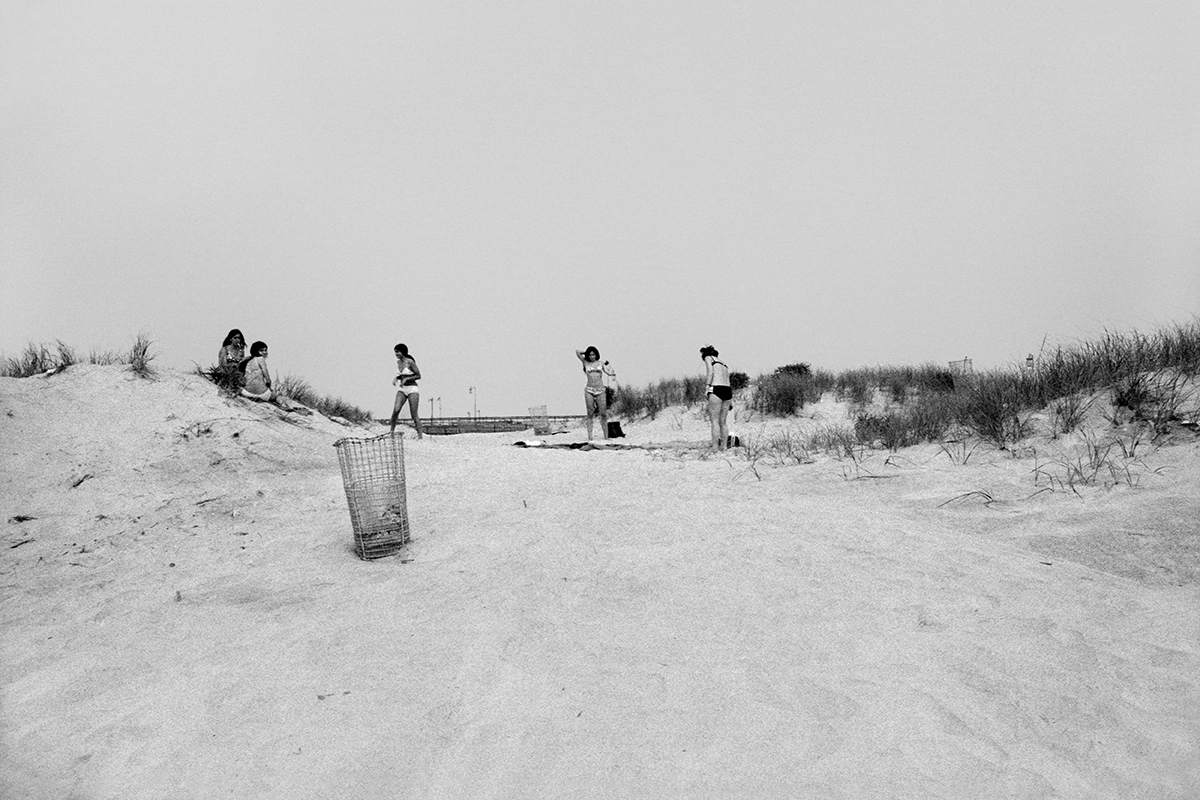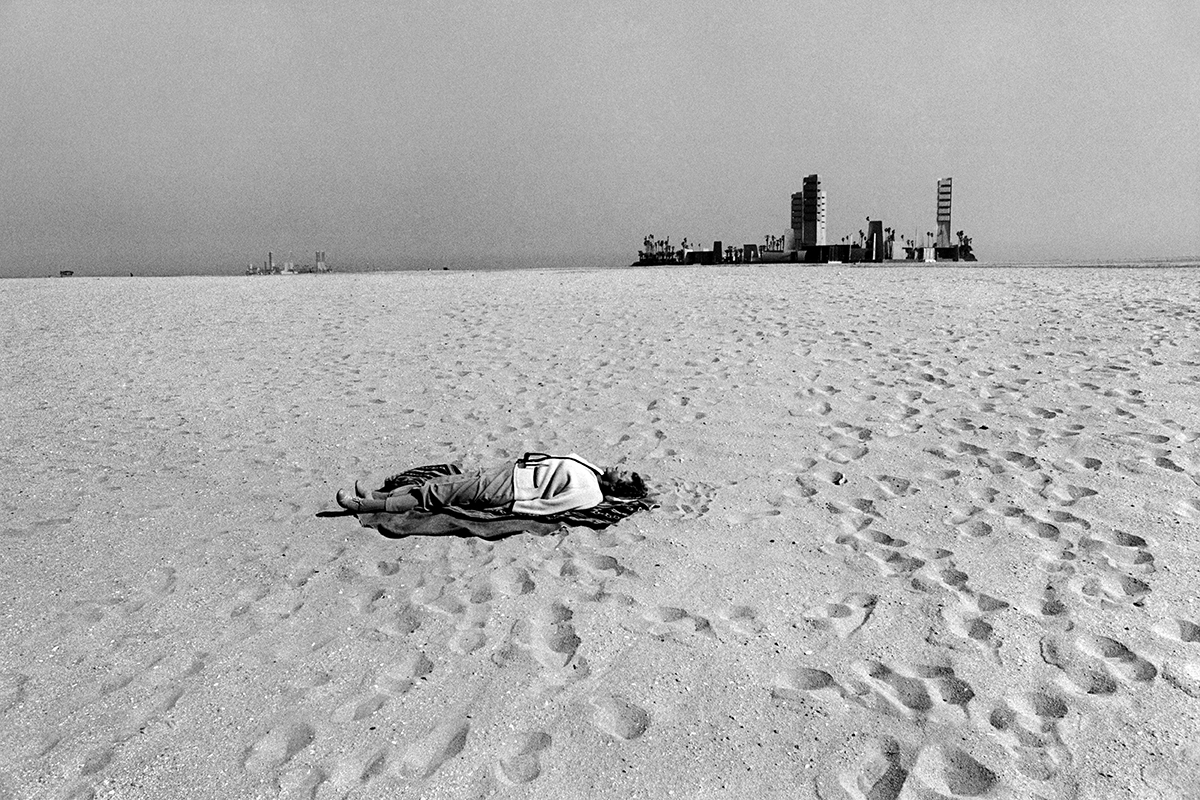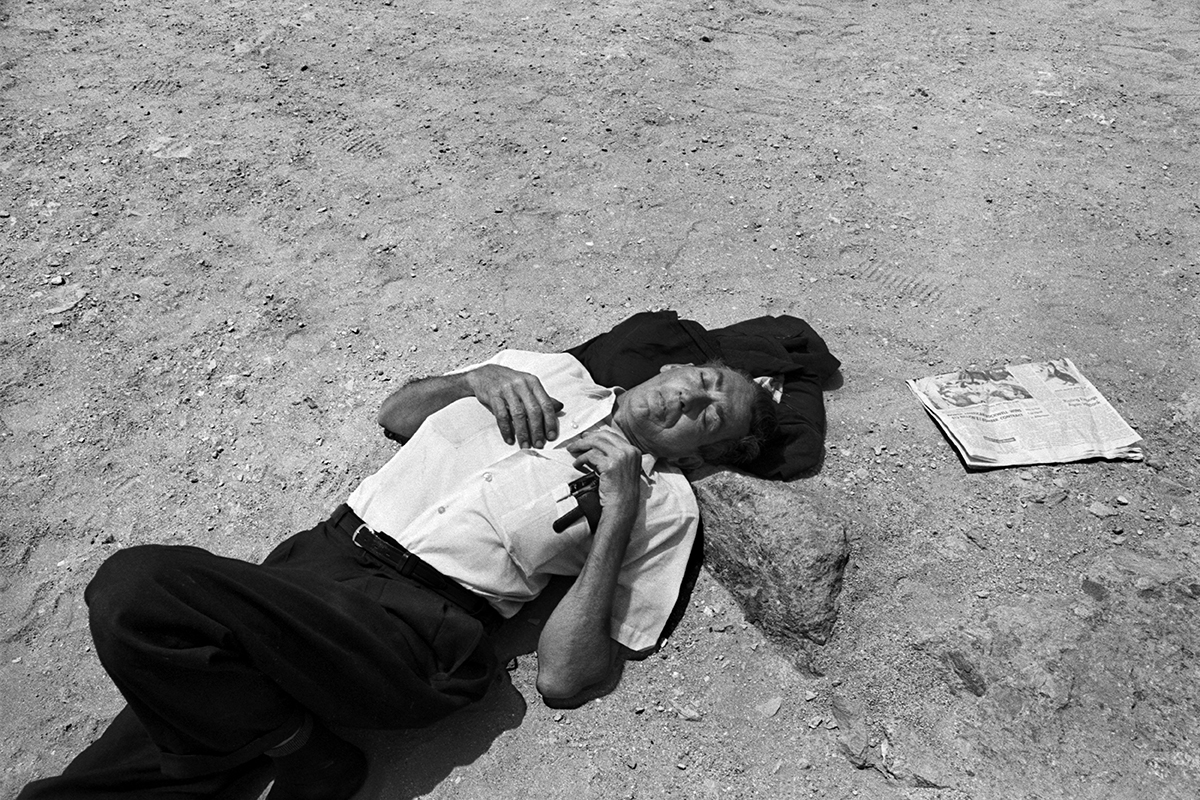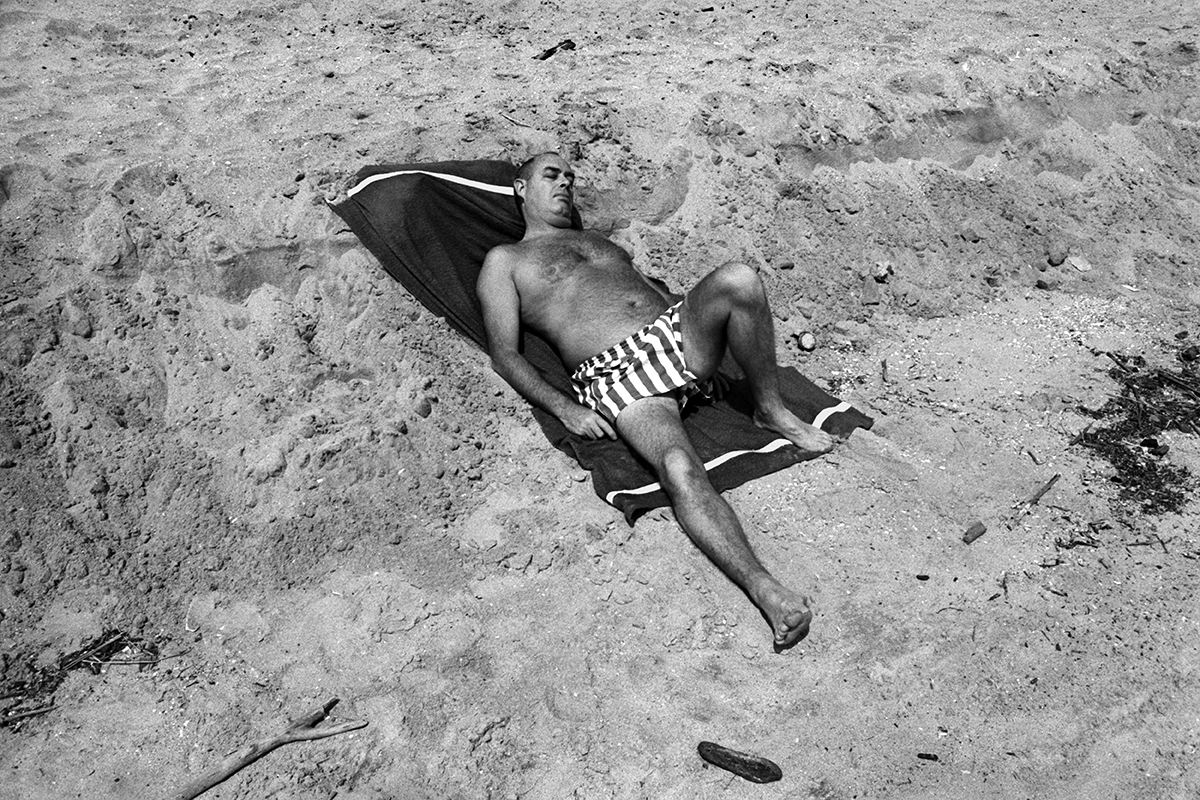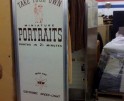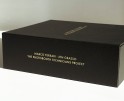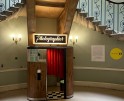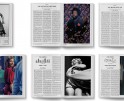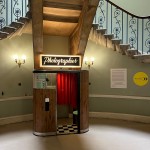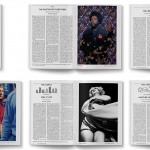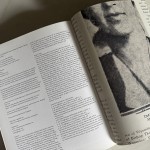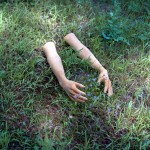Anthony Hernandez: Beach Pictures 1969-70
There’s a thing that happens, a kind of familiar experience, when you get a hold of a good book. Something about the weight of it, the materials in your hands, feels good- even before you’ve cracked it open. Anthony Hernandez’s new book of photographs, Beach Pictures, 1969-70, published by Silas Finch, has just afforded me this rewarding experience. Beginning with its clever use of materials and presentation (the raw book board cover holds a full bleed image of sandy footprints and nothing else), to the humor, intimacy, and human vulnerability captured within its pages.
Hernandez’s images invoke a sense of yearning. Nostalgia for the past, sure- although, except for a vintage can of Pepsi and a few select fashion choices, these images could all be from modern day. But what most affects me about Hernandez’s images is the flicker of peace he’s captured in his subjects. There is a kind of absolute comfortability in the splayed, snoozing positions of two women, situated just far away from one another to make you wonder whether they’re strangers or sisters. In a man fully dressed for work, a newspaper just next to him, appearing to have decided that he just can’t take it anymore. I wonder what drove them to come to their resting places in the California sun-warmed sand – did they just stumble upon this place or was it sought after as a much needed reprieve from the tenuousness of daily life?
Perhaps it’s the current state of affairs in the United States, but as I spend more time with Hernandez’s images, I can’t help but feel that we’d all feel a little more amicable if we could join his subjects in a peaceful nap on the beach.
Anthony Hernandez’s 1970s photographs of urban inhabitants are often focused on odd-looking people staring right at the camera. His subjects often appear surprised and slightly perturbed, as if caught unaware in private moments of thought or conversation.
Following two years of study at East Los Angeles College and two years of service in the United States Army as a medic in the Vietnam War, Hernandez took up photography in earnest around 1970. He walked the streets of his native Los Angeles, observing its inhabitants. In order to work quickly and intuitively, he would pre-focus the camera and then wait for subjects to come into the zone of focus–only briefly bringing the camera to his eye as he walked past them. He repeated this strategy in other cities, including London, Madrid, Saigon, and Washington, D.C. In later decades, Hernandez’s photography might seem to have changed dramatically: from black-and-white to color, from wide shots to close ups, from people to places. But Hernandez’s interest in urban environments–and cultural differences of class and race implied in them–has not.
By the 1980s, Hernandez was working with large format cameras, which necessitated a slower and more deliberate shooting style. His 1979 series, Public Transit Areas , involved using a 5 x 7 inch camera on a tripod, and his subjects seem clearly aware of his presence. Rather than the off-kilter backgrounds of his earlier portraits, streets and buildings recede calmly into deep space. By the 1990s, Hernandez’s style shifted again, as he concentrated on color and close-up details. Most of his pictures since the mid-1980s are devoid of human subjects–although their presence is felt. Projects such as Landscapes for the Homeless (1988-91), Waiting for Los Angeles (1996-98), and Everything (The Los Angeles River Basin) (2003-4) documented how the city’s human presence has been reduced to the traces and debris left by destructive social forces.
Posts on Lenscratch may not be reproduced without the permission of the Lenscratch staff and the photographer.
Recommended
-
Spotlight on the Photographic Arts Council Los AngelesNovember 23rd, 2025
-
100 Years of the Photobooth: Celebrating Vintage Analog PhotoboothsNovember 12th, 2025
-
100 Years of the Photobooth: The Photobooth Technicians ProjectNovember 11th, 2025
-
100 Years of the Photobooth: Rafael Hortala-Vallve: AUTOFOTONovember 10th, 2025
-
BEYOND THE PHOTOGRAPH: Q&A WITH PHOTO EDITOR JESSIE WENDER, THE NEW YORK TIMESAugust 22nd, 2025

